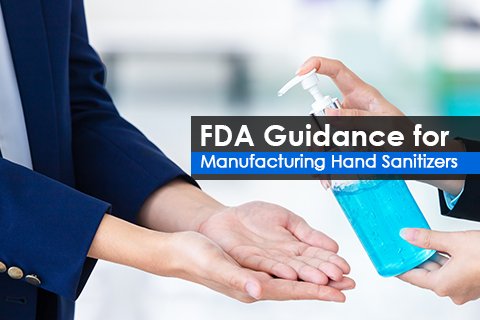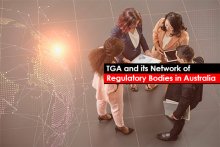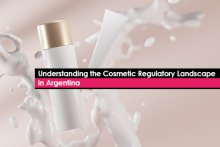The outbreak of coronavirus has become a global threat. With gradual spreading and increase in the number of infected persons, the COVID-19 has created a state of Public Health Emergency. To overcome this pandemic and ensure the safety of people, life sciences manufacturers all over the world are working continuously towards developing vaccines and solutions. However, in the meantime, the World Health Organization (WHO) is urging the general public to ensure hand hygiene as a measure to keep the virus at bay. In case, soaps are not available, the WHO is suggesting the use of alcohol-based hand sanitizers with a minimum of 60% alcohol to clean hands.
However, consumers and health care professionals are facing difficulties accessing alcohol-based hand sanitizers. To address this rising demand of hand sanitizers in the United States (U.S.), the Food and Drugs Administration (FDA) has released guidance for entities that are not regulated as drug manufacturers, for preparation and distribution of hand sanitizers. According to the guidance, firms can produce hand sanitizers for personal and health care use as long as they meet the following production criteria:
- The hand sanitizers must contain only the following ingredients:
- Alcohol (ethanol) which does not have less than 94.9% ethanol by volume or isopropyl alcohol
- Glycerin (glycerol) United States Pharmacopeia (USP) or Food Chemical Codex (also known as “food grade”)
- Hydrogen peroxide
- Sterile water
- The alcohol used in the production of hand sanitizer must be denatured before use. To denature the alcohol, Alcohol and Tobacco Tax and Trade Bureau regulations in 27 CFR part 20 and 21 provide the following formulas:
- Formula 40A or 40B with or without the tert-butyl alcohol
- Formula 3C (isopropyl alcohol)
- The hand sanitizers produced must have the same formula as that recommended by the WHO:
The addition of other active or inactive ingredients is not suggested by the FDA as it may impact the quality and potency of the product.
- Alcohol (ethanol) (80%, volume/volume (v/v)) in an aqueous solution; or Isopropyl Alcohol (75%, v/v) in an aqueous solution
- Glycerin (glycerol) (1.45% v/v)
- Hydrogen peroxide (0.125% v/v)
- Sterile distilled water or boiled cold water
- The manufacturing firm is required to keep a record of the key steps and controls to ensure that each batch is manufactured using the correct formula, and the correct amount of active ingredient and alcohol.
- The hand sanitizers must be manufactured under sanitary conditions using equipment that are fit for use.
- The manufacturing firm must use accurate analysis methods to verify the alcohol content in the samples of the finished product before the batches are distributed for use. Analysis methods used for verification may include gas chromatography (GC), alcoholmeter, hydrometer, or other chemical analysis of at least equivalent accuracy.
- Labeling of hand sanitizers must align with the following: Appendix A (Labeling for Ethyl Alcohol Formulation Consumer Use), Appendix B (Labeling for Isopropyl Alcohol Formulation Consumer Use), Appendix C (Labeling for Ethyl Alcohol Formulation Health Care Personnel Handrub Use), or Appendix D (Labeling for Isopropyl Alcohol Formulation Health Care Personnel Handrub Use).
- Hand sanitizer manufacturing firms are also required to register themselves with the FDA through the Drug Registration Listing System. Once the registration and listing is completed, the firm receives a confirmation from the FDA, post which they can begin to manufacture and distribute their products.
In addition to the above-mentioned criteria, the firms must also have a procedure to accept adverse event reports and submit them to the FDA. In the meantime, while the health authorities are working towards meeting the demands of the consumers with quick product approvals, we hope that the general public adheres to the safety guidelines issued in their best interest. Having said that, manufacturers looking for Regulatory assistance with the guidelines of the FDA are advised to consult a Regulatory expert for compliance. Stay informed. Stay compliant. Stay home. Stay safe.





